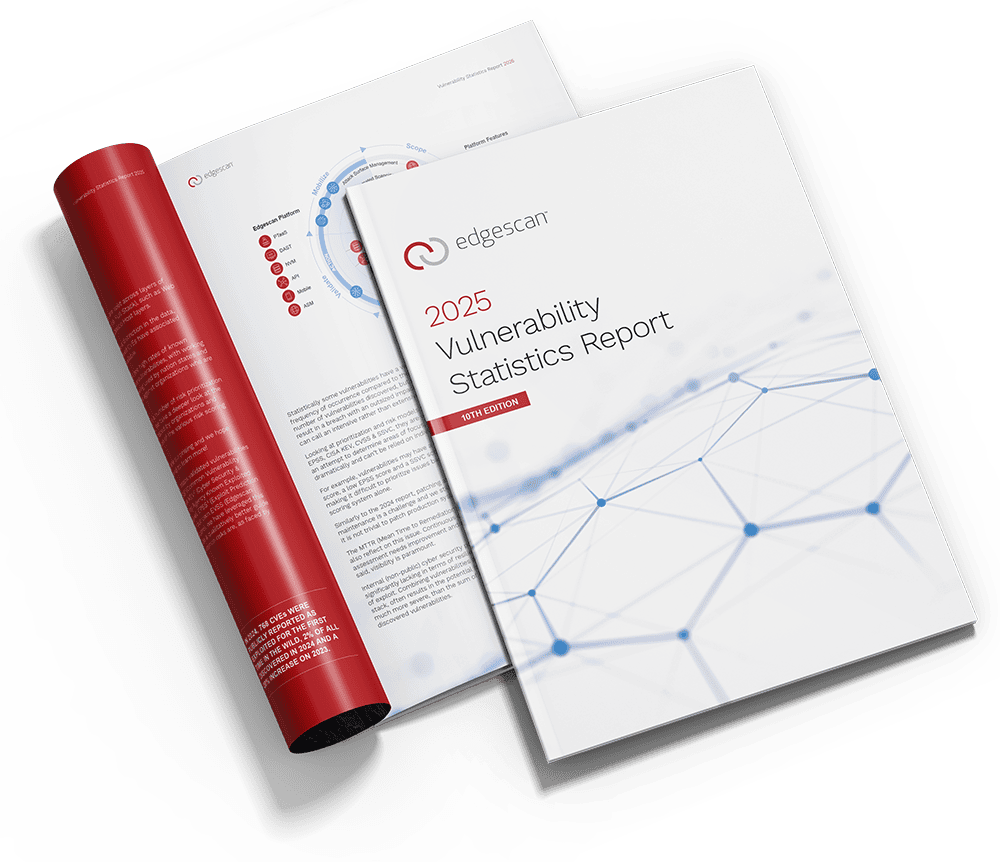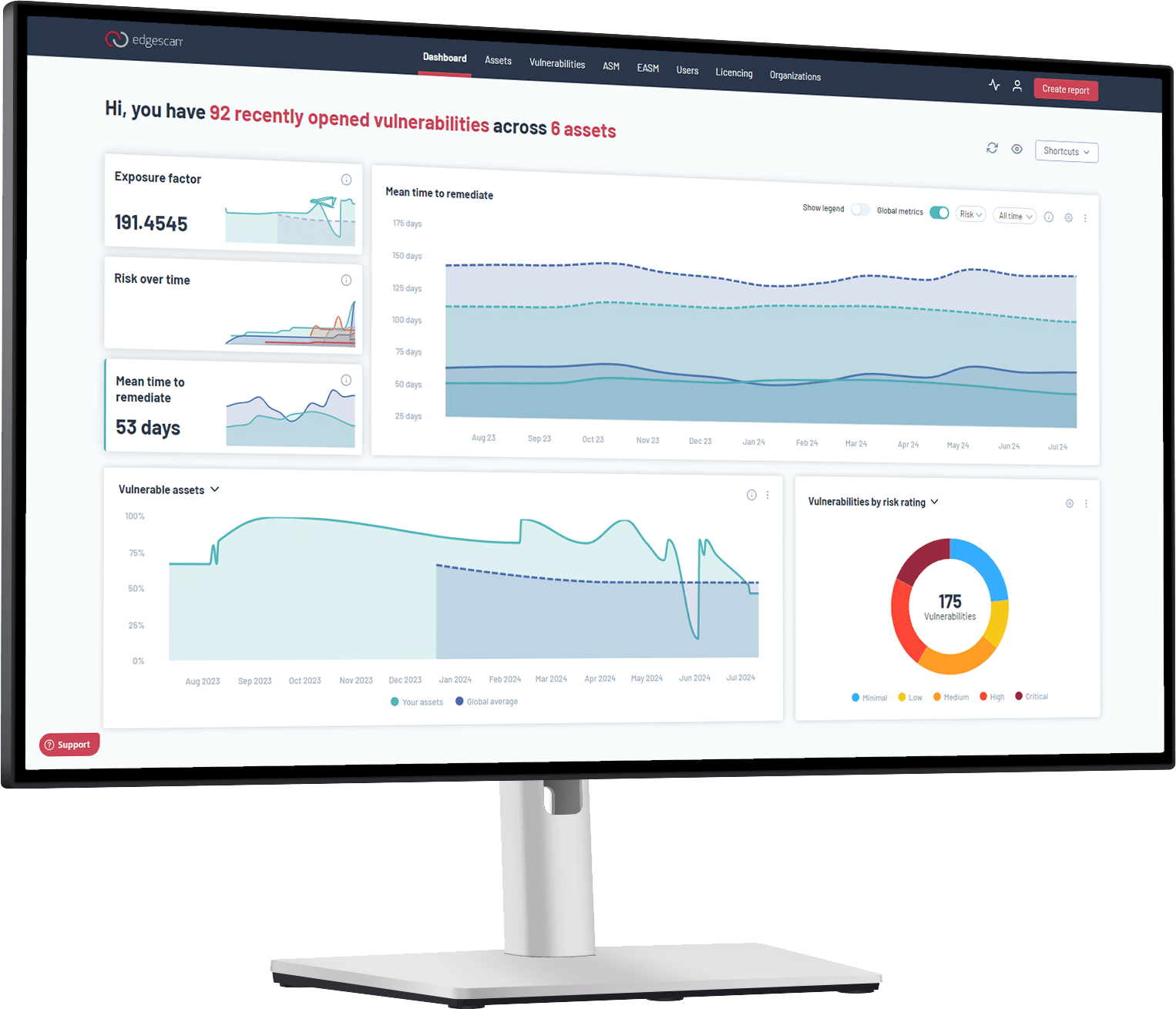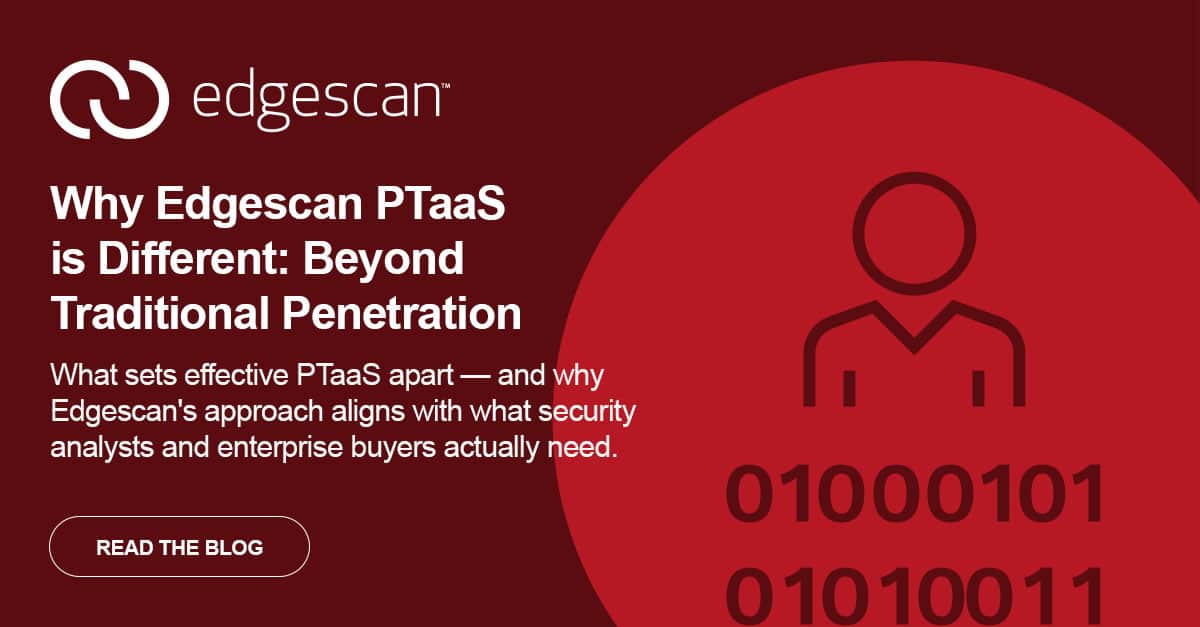The cybersecurity industry has a marketing problem. Every few years, a buzzword emerges that promises to revolutionize security testing. Today, that buzzword is “AI penetration testing” – and it’s misleading organizations into thinking automation can replace human expertise in security assessments.
The truth is more sobering: automated tools, regardless of how sophisticated their AI algorithms, cannot perform true penetration testing. They’re sophisticated vulnerability scanners with better marketing departments.
The PCI-DSS Reality Check
Don’t take our word for it. The Payment Card Industry Data Security Standard (PCI-DSS) V.4_0_1 states explicitly: “Until Automated Pentesting can understand a business process of a system and therefore break that system it cannot be called a penetration test.”
The standard continues: “Penetration testing is a highly manual process. While some automated tools may be used, the tester uses their knowledge of systems to gain access into an environment.”
This isn’t just regulatory bureaucracy – it reflects the fundamental reality of what penetration testing actually requires.
What Automated Tools Can’t Do
According to Edgescan’s 2025 Vulnerability Statistics Report, which analyzed over 40,000 assessments and 1,000+ penetration tests, certain categories of vulnerabilities can only be discovered through human-led testing:
Business Logic Vulnerabilities represent some of the most dangerous security flaws, yet they’re invisible to automated scanning. These include:
- Unauthenticated Access to Sensitive Resources
(20% of critical vulnerabilities found through PTaaS) - Business Logic Weakness & Exploitation
(11% of critical findings) - Authorization Issues including IDOR/BOLA/Bypass
(7.7% of critical vulnerabilities) - Multistep Executable Code Injection
- Account Hijacking and Privilege Escalation
These vulnerabilities require understanding of business context, user workflows, and creative attack scenarios that no automated tool can replicate.
The Human Advantage: Chaining and Context
Real penetration testing involves what security professionals call “chaining” – combining multiple smaller vulnerabilities into devastating attack scenarios. As the PCI-DSS explains: “Often, a tester will chain several types of exploits together with the goal of breaking through layers of defenses.”
Consider a realistic scenario: An automated tool might identify a low-severity information disclosure vulnerability and a separate authentication bypass. Individually, these seem manageable. But a human tester recognizes that the disclosed information contains the exact parameters needed to exploit the authentication bypass, creating a critical security failure.
Automation cannot make these contextual connections because it lacks understanding of business logic, user workflows, and attack methodology.
The Scale vs. Accuracy Trade-off
Automated tools excel at scale and speed. They can scan thousands of applications quickly and identify common technical vulnerabilities like SQL injection and cross-site scripting. This capability is valuable and necessary.
But according to Edgescan’s data, SQL injection – easily detectable by automated tools – still represents 31.4% of critical web application vulnerabilities. This suggests that even for “simple” vulnerabilities, deployment and configuration matter more than detection capability.
The real value comes from combining automated efficiency with human expertise through validated continuous testing approaches.
What “AI Pen Testing” Actually Provides
Current “AI penetration testing” solutions typically offer:
- Advanced vulnerability scanning with better classification algorithms
- Reduced false positives through machine learning models
- Automated exploit verification for known vulnerability types
- Natural language reporting that sounds more sophisticated
These improvements are valuable, but they don’t constitute penetration testing. They’re enhanced vulnerability assessment – which has its place in a comprehensive security program.
The Hybrid Approach: Best of Both Worlds
The future isn’t choosing between automation and human expertise – it’s combining both intelligently. Edgescan’s approach demonstrates this through validated continuous testing:
- 92% automation handles routine vulnerability detection and validation
- 8% human validation focuses on complex, high-risk scenarios requiring expertise
- Continuous scanning provides ongoing coverage and baseline assessment
- On-demand penetration testing delivers deep, contextual security analysis when needed
This model eliminates the busy work for human testers while ensuring complex threats don’t slip through automated gaps.
The Business Logic Blind Spot
Perhaps most concerning is what automated tools miss entirely. Business logic vulnerabilities often represent the highest-value targets for attackers because they enable direct access to sensitive data or financial systems.
Examples from real assessments include:
- Password reset workflows that can be manipulated to gain access to any user account
- Multi-step processes where skipping validation steps grants unauthorized privileges
- APIs that accept parameters outside their intended scope, revealing sensitive data
- Workflow bypasses that circumvent payment or approval processes
These vulnerabilities require understanding not just of technical systems, but of business processes, user intent, and attack economics.
Making Informed Decisions
Organizations evaluating security testing approaches should ask vendors specific questions:
For “AI Pen Testing” Solutions:
- Can your tool understand our business workflows and identify logic flaws?
- How does it handle multi-step attack scenarios requiring human creativity?
- What percentage of critical vulnerabilities require human validation?
For Traditional Tools:
- How do you eliminate false positives without missing real threats?
- What’s your process for validating complex vulnerabilities?
- How quickly can you adapt to new attack techniques?
The Path Forward
Effective security testing requires both automated efficiency and human insight. Organizations need tools that can scan continuously at scale while providing access to expert analysis for complex scenarios.
The key is recognizing that automation and human expertise solve different problems. Automation provides coverage, speed, and consistency. Human expertise provides context, creativity, and business logic understanding.
Rather than falling for marketing claims about “AI replacing human testers,” focus on solutions that combine both approaches intelligently.
Ready to learn more about implementing effective penetration testing? Our comprehensive PTaaS Guide 2025 breaks down exactly how to combine automated scanning with expert human validation for continuous security coverage. The guide includes detailed comparison frameworks, implementation roadmaps, and real ROI data from organizations making this transition.
Download the complete PTaaS Implementation Guide and discover why 70% of security leaders are moving beyond traditional testing approaches.
For more insights on building scalable security testing programs, explore our analysis of The Hidden Cost of Slow Penetration Testing and learn how modern organizations are solving the testing bottleneck problem.







